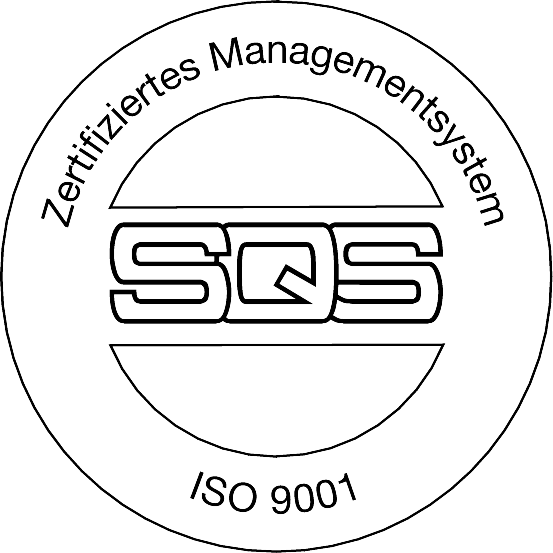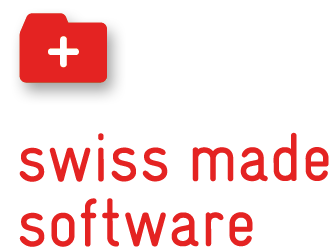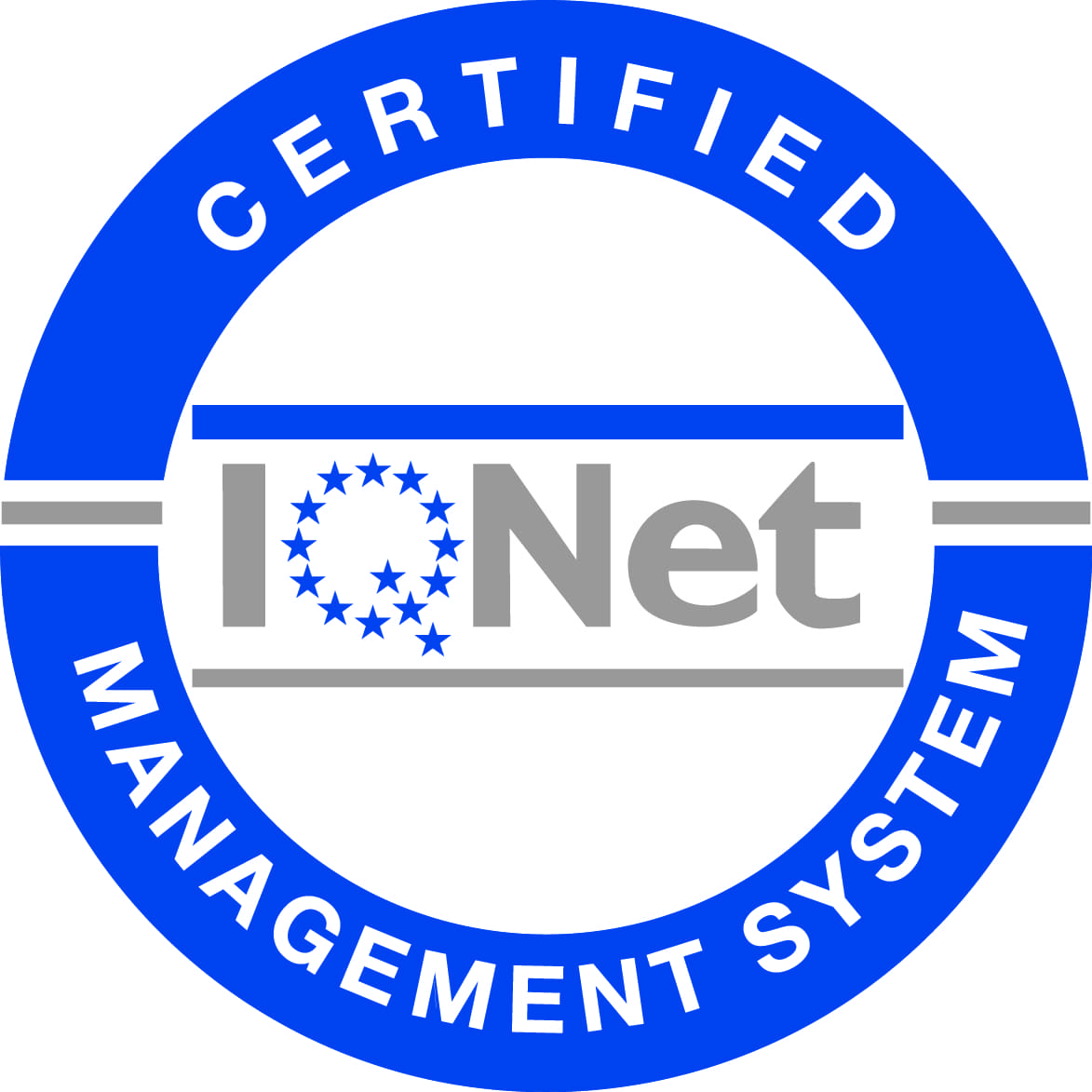Single Sign-On
With our solutions in Single Sign-On you create the best security concept.
We will successfully implement your project – we promise.
Centralized user authentication
The increased use of cloud computing, mobile applications and social media, as well as increased security requirements, are creating an ever greater need for single sign-on solutions. The multitude of identities and passwords are still the most widespread method of user authentication and are increasingly causing increased security risks and generating costs in companies.
The risks associated with the use of passwords lead to both direct financial losses due to the theft of confidential information, for example, through hacker attacks/cybercrime, and to reduced efficiency in the work of frontline employees and IT service providers.
What is Single Sign-On
Single Sign-On (SSO) means “single sign-on” and describes the process by which you can access different applications, services, or resources through a single authentication process. You need only one login record, not multiple accounts and passwords. For this purpose, SSO assigns you an overall identity that can be used for multiple services at the same time. Moreover, the system also owns all your credentials and confirms them for connected services and applications.
How Single Sign-On works
1.
The user calls up an application or website.
2.
The service provider (of the application or website) sends a token to the identity service to authenticate the user.
3.
The identity service checks whether the user has already been authenticated
a. If yes, the procedure continues with step 4.
b. If no, the user will be prompted to enter their credentials (username, passwords, etc.).
4.
The identity provider validates the credentials and sends a token to the service provider via the browser to confirm authentication.
5.
The service provider validates the token using a certificate (the certificate must be configured once initially).
6.
If the token is successfully validated, the user is granted access to the application or website.
SSO advantages
Scalability
Automated credential management eliminates the need for the system administrator to manually take care of all the different accesses employees have for each service they want to use.
Operating comfort
Fewer helpdesk calls due to password resets. Improves security, as few credentials are exposed to risks.
Provisioning
If SSO supports open standards such as Security Assertion Markup Language (SAML) 2.0, the application can be quickly provisioned by an SSO admin and rolled out to employees, provided the SSO solution has an interface for it.
Onboarding process faster
Processes for application staff can be made faster and easier, and it enables a streamlined workflow for approval.
Productivity
This reduces the risk for errors in the management of authentication data and gives IT more time to focus on more important tasks.
Self-service functions
IT teams get more control and employees get more comfort at the same time.
Types of Single Sign-On
Fast, and simply genzenlos compatible

With a portal solution, you log in to a portal in which various applications, services and processes are integrated. When you log in, your identity is verified once and you are then granted access to all content, functions and resources.

With local solutions, the access data and passwords are stored in a central location and encrypted with a single user name and a so-called "meta password".

The ticket system is an SSO solution that consists of a network of services that are known to each other. You log in once and receive a virtual ticket. You use this to identify yourself to the other participants. The system then certifies you as "trustworthy" and releases you for the other participants.
Application examples SSO
The following examples illustrate how helpful single sign-on can be:
Employees
An employee logs into his company email account in the morning with his email address and password. For the rest of the day, he can access all his applications without re-entering a password: Intranet, sales data, IT help desk and his time sheet.
Customer
A bank customer logs on to his bank to view his account balance. He can then seamlessly switch to the mortgage application, check his credit rating and inform customer service about an upcoming trip. On the back end, each of these services is a separate application, but the customer never has to provide another password.

Retailer
A retailer works with an extensive network of supply chain and distribution partners. After a one-time login to the application dock, these partners receive direct access from this central location to all applications and services that the retailer has enabled for their use - without any further login processes.
Our certifications for quality management and data protection




MEET OUR TEAM
We will help you!
We are always at your disposal. Why not give us a call without obligation and let’s focus on user experience and security together.
